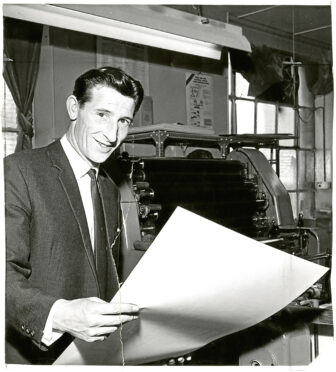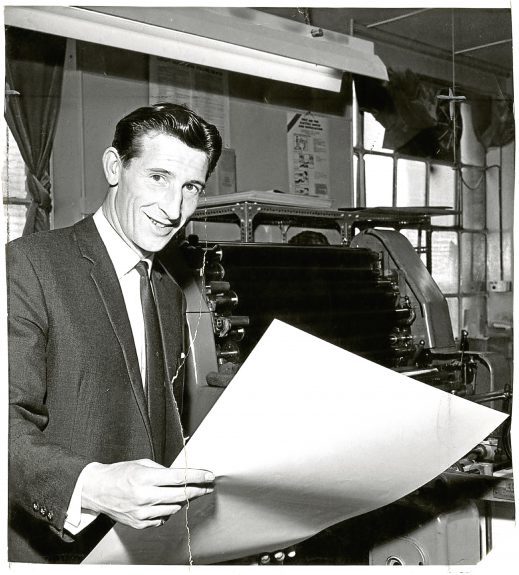As a club, down the years Dundee have boasted more than their fair share of top-class goalkeepers.
The list includes illustrious names like pre-war great Bill Marsh, league winner Pat Liney, long-serving Ally Donaldson, 70s hero Thomson Allan and, moving more up to date, Julian Speroni and Rab Douglas.
Good as they all were, when it comes to the naming of the Dark Blues’ best-ever goalie, few would argue against that accolade going to a man who was a major star on both sides of the border.
He was Bill Brown, whose 18 years in the senior ranks saw him establish himself as Scotland’s top keeper while at Dundee, before gaining legendary status with Spurs.
Born in Arbroath, from a young age it was obvious he was special. He represented Scotland schoolboys and then got experience in the juniors with Carnoustie Panmure before being signed up at Dens in 1949.
It took him a few seasons to establish himself as the undisputed No 1, partly because of the need to do his national service, but from his first season he saw first-team action and won a League Cup-winner’s medal in October 1951, just a few weeks after his 20th birthday.
But for that national service, he’d have been part of the line-up that successfully defended the trophy a year later. That meant he didn’t win any more silverware with the Dark Blues but, by the time he left for Spurs at the end of the decade, Brown was Scotland’s No 1.
He made his debut in June 1958 in a 2-1 World Cup finals defeat to France in Sweden and over the next seven years won a total of 28 caps.
Brown’s Dundee career ended in 1959 with a close-season transfer to White Hart Lane and, in seven years there, he won the double in 1961, the FA Cup twice and also the Cup Winners’ Cup.
As Bill Brown was leaving for north London, over at Dundee United, they were about to kick-off the 1959/60 season that would see new manager Jerry Kerr lead them back to the top flight after an absence of 28 years.
As Kerr continued his work by establishing the Tangerines as a top division team, in 1962 he made the short trip to Forfar to fix up a goalkeeper who would become an important member of the squad.
He was Donald Mackay, known in later years as a successful manager with clubs like Dundee, Blackburn and Coventry City, but who as a player at Tannadice would go on to make more appearances than any previous United goalkeeper.
That was despite facing stiff competition for the jersey from another fans’ favourite and a young Hamish McAlpine, who would, of course, go on to pass Mackay’s 243 games, and some.
Mackay though, is still remembered as a man who played an important role in the successes under Kerr and United’s rise to become a force at the top end of Scottish football.
He was in the goal when United beat their more-illustrious neighbours Dundee 5-0 in a derby at Dens Park in September 1965. Despite being pressed hard by Sandy Davie, he continued as No 1 for the rest of that campaign that saw United finish European qualifiers for the first time.
He missed out on the famous Fairs Cup success over Barcelona after losing his place to Davie at the start of the next campaign. Mackay was back as No 1 and for the 1967/68 season and remained first choice until the younger McAlpine took over the duties on a regular basis in 1971.
Now at the veteran stage, he was released by Kerr’s successor Jim McLean in the summer of 1972.
Eight years later he was back in the city as manager at Dens Park. He clearly had not forgotten the good working relationship he’d enjoyed with Kerr, though, and for a time employed him as general manager at the Dark Blues.
TOMORROW . . . Dundee United legend Hamish McAlpine.

